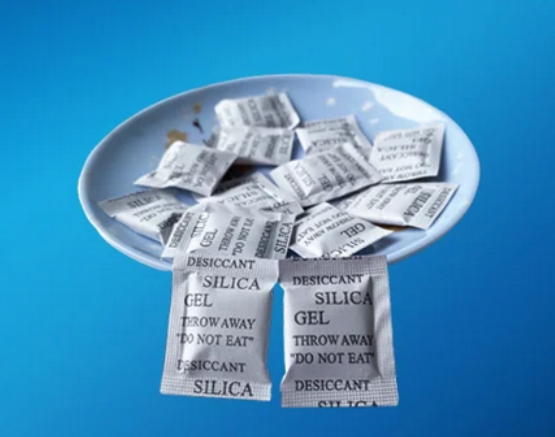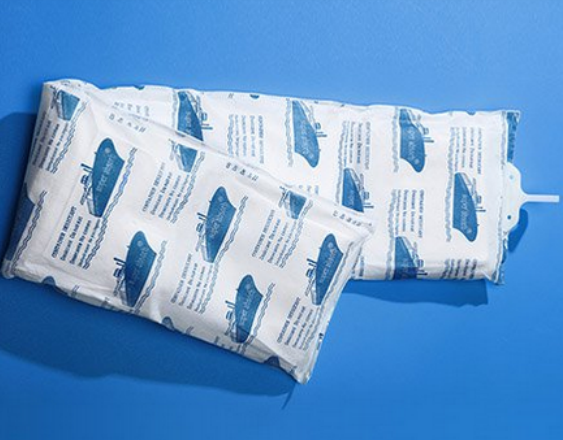Copyright © 2023 Shenzhen Minghui Technology Co., Ltd. All rights reserved Site Map
International Leading Manufacturer of Anti-Mould and Anti-moisture Desiccant
Email:Info@sz-minghui.com
Desiccants are manufactured for the sole aim of eliminating moisture contamination. And this moisture contamination in closed containers or packages are of four sources which are:
Aside eliminating moisture contamination, desiccants are also meant to be eco-friendly.
So, as relating to several products, knowing the eco-friendly desiccant bag that best suits a particular product can be identified using some factors which we will be discussing below. So, let's look at these factors.

Before tasking your brain with selecting the right eco-friendly desiccant bag, you must first of all know your product. What product are we talking about? The product which needs to be desiccated.
Is your product highly sensitive to humidity and moisture, or is it a good tolerant? What is the degree of dryness your product will need in order for its efficacy to be sustained? In addition, what is the state of your product, solid or liquid?
Another thing you must consider which is the second factor, is the effect of moisture on the desiccant after absorbing moisture. By this you will get to select an eco-friendly desiccant bag.
Calcium chloride present a tendency of leakage because it changes to a highly corrosive liquid gel. But clay desiccant maintains dry state every time even when the capacity of the water vapour is full.
You should not use calcium chloride with metal parts or electronic as a result of its corrosive nature.
There are several types of packaging. Some are plastic bag, tupperware, cardboard box, and many others.
Therefore, it is important to carefully choose your packaging because the type of packaging the desiccant are used in matters.
This is because each of these materials have their own characteristics and key perimeters like permeability, seal type and corrosion which varies from one to another.
For instance, Calcium chloride is a poor desiccant in packages because, it requires sustained moisture to act which is absent in packages as they have less humidity which cannot be sustained.
Therefore under this condition, calcium chloride is unable to absorb a lot of moisture, and also the absorption rate is extremely slow.
Nevertheless, this condition is the best for clay desiccant as it will reduce the humidity inside the package to a low level that's significant, doing this at a very fast rate.
When it comes to shipping containers, reverse is the case. Because, the humidity inside these containers are high and sustainable.
Calcium chloride is at its best in this condition, removing the appropriate amount of moisture in order to prevent a situation that seems as though it's raining in the container.
For clay desiccants, it will be overpowered by the condition, as this condition will be too extreme for it. So, it won't be able to remove enough moisture because it's not capable. Therefore, calcium chloride are ideal desiccant for containers.

Finally, you will have to pay attention to the atmospheric condition your product will introduced or exposed to.
Reason been that, the level of humidity inside the container is greatly influenced by the weather. Also, the change in temperature can affect the effectiveness of a desiccant.
We have been commended across the world for our products and services which are short of nothing but the best.
We off the best desiccant bag you can ever find. Our manufacturers have manufactured this product under the best conditions.
You are certain to get the best for your money. Kindly contact us today.